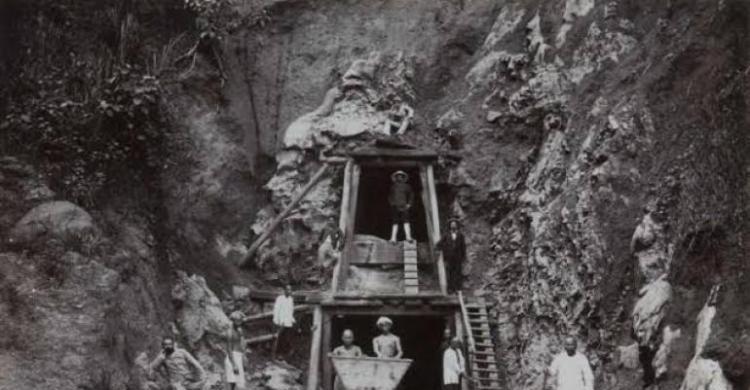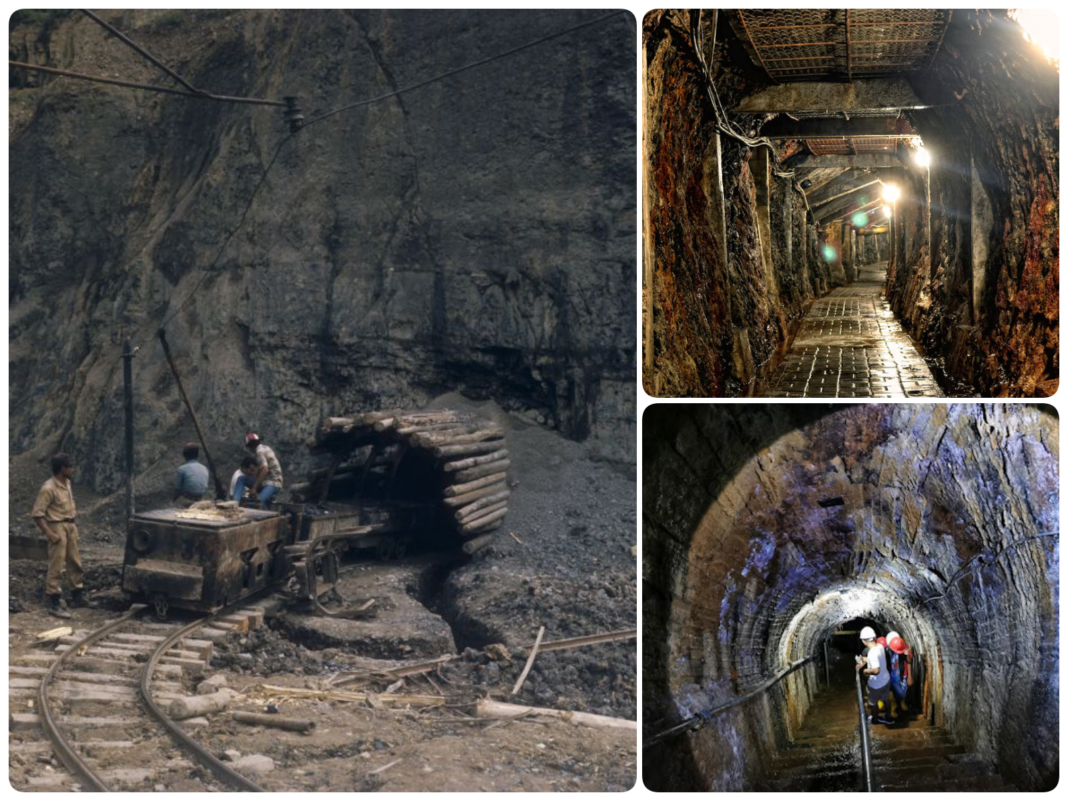Coal was discovered in the mid-19th century by Ir. de Greve, and mining operations began in 1876. It is known as the oldest coal mine in Southeast Asia.
In the pre-independence period, coal production peaked in 1930 with 620,000 tons per year. Shackled prisoners (known as Ketingganger) from Java and Sumatra were brought to the area as the mine’s main labor force.

The Ombilin Coal Mine could meet 90% of the Dutch East Indies’ combustion energy needs. From 1942–1945, the coal mine was controlled by Japan, and its glory also began to decline. From 1945–1958, the coal mine was managed by a board of directors and the 1958–1968 period was a state-owned company.
Mining output peaked in 1976 with 1,201,846 tons. Until 2002, it operated as an open-pit mine but then only operated underground mining.

The China National Technology Import and Export Corporation (CNTIC) has invested $100 million in the coal mine. By 2008, the mine had estimated reserves of about 90.3 million tons of coking coal, of which 43 million tons were exploitable.

To date, the coal mine is owned by PT Tambang Batubara Bukit Asam (PTBA) and is operated by CNTIC with a mining output of about 500,000 tons per year. By 2019, the company PT Tambang Batubara Bukit Asam had temporarily suspended mining operations at Ombilin when it was officially recognized as a World Heritage Site by UNESCO.














